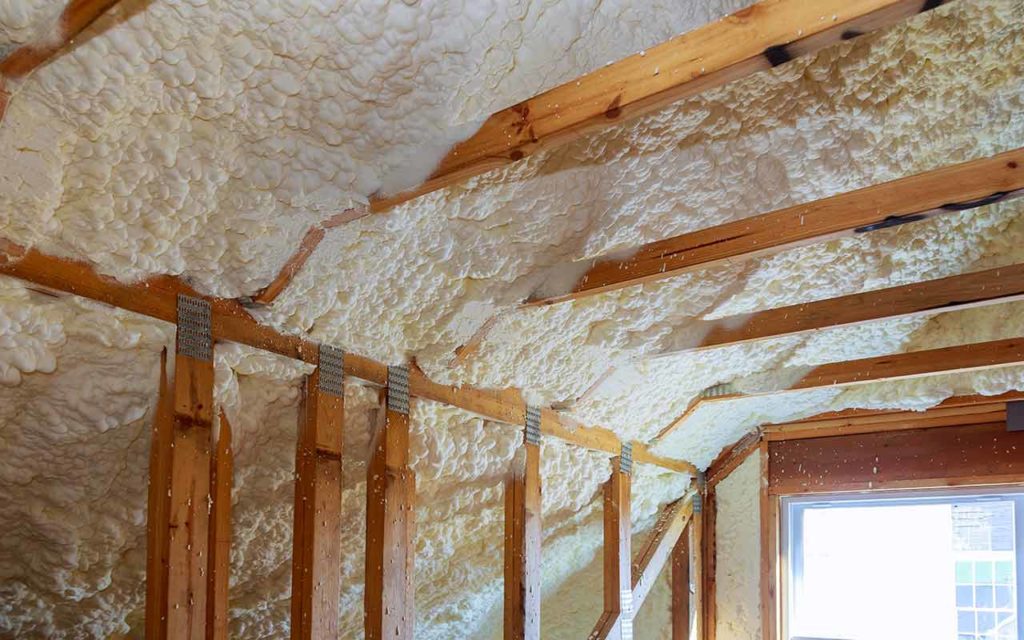Fire batt insulation plays a crucial role in ensuring the safety and energy efficiency of buildings. It is a specialized type of insulation designed to resist the spread of fire, providing valuable time for occupants to evacuate and reducing the risk of property damage. In this article, we will delve into the concept of fire batt insulation, its composition, installation methods, and its significance in meeting safety regulations and optimizing energy performance.
- Understanding Fire Batt Insulation:
Fire batt insulation, also known as fire-resistant or fire-rated insulation, is a type of thermal insulation material specifically engineered to inhibit the spread of flames and smoke during a fire incident. It is commonly used in commercial, industrial, and residential buildings to compartmentalize fire-prone areas, such as walls, floors, and ceilings, preventing the rapid spread of fire and allowing occupants to escape safely. - Composition and Properties:
Fire batt insulation is typically composed of mineral fibers, such as rock wool or fiberglass, which possess excellent fire-resistant properties. These fibers are densely packed to form batts or rolls, providing a barrier against heat transfer and acting as a shield against flames and smoke. Additionally, fire batt insulation may incorporate additives or coatings that enhance its fire resistance and smoke suppression capabilities. - Installation Methods:
Proper installation of fire batt insulation is crucial to ensure its effectiveness. It should be installed in accordance with local building codes and manufacturer guidelines. The insulation is typically placed within wall cavities, floor assemblies, and ceiling spaces to create fire-resistant barriers. Special attention should be given to sealing any gaps or penetrations to maintain the integrity of the fire barrier. - Importance in Safety Regulations:
Fire batt insulation plays a vital role in meeting safety regulations and building codes. It helps buildings comply with fire safety standards by providing fire-rated barriers that limit the spread of flames and smoke. By compartmentalizing fire-prone areas, fire batt insulation buys valuable time for occupants to evacuate and allows firefighters to contain the fire more effectively, minimizing the risk of injuries and property damage. - Energy Efficiency Benefits:
In addition to its fire-resistant properties, fire batt insulation also contributes to energy efficiency in buildings. By reducing heat transfer, it helps maintain a comfortable indoor temperature and reduces the reliance on heating and cooling systems. This, in turn, leads to energy savings and lower utility bills. Fire batt insulation acts as a thermal barrier, preventing heat loss during winter and heat gain during summer, resulting in improved energy performance and reduced environmental impact.
Conclusion:
Fire batt insulation is a critical component in building safety and energy efficiency. Its ability to resist the spread of fire and smoke provides crucial time for evacuation and aids in containing fire incidents. By complying with safety regulations and optimizing energy performance, fire batt insulation contributes to the overall well-being of occupants and the sustainability of buildings. Incorporating fire batt insulation in construction projects is a wise investment that prioritizes safety, energy efficiency, and environmental responsibility.



Average Rating